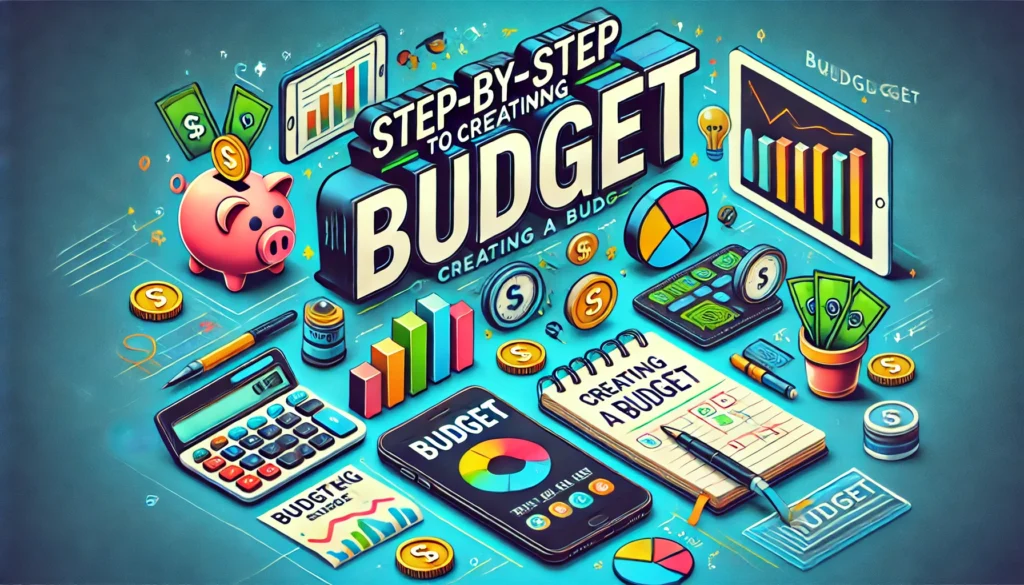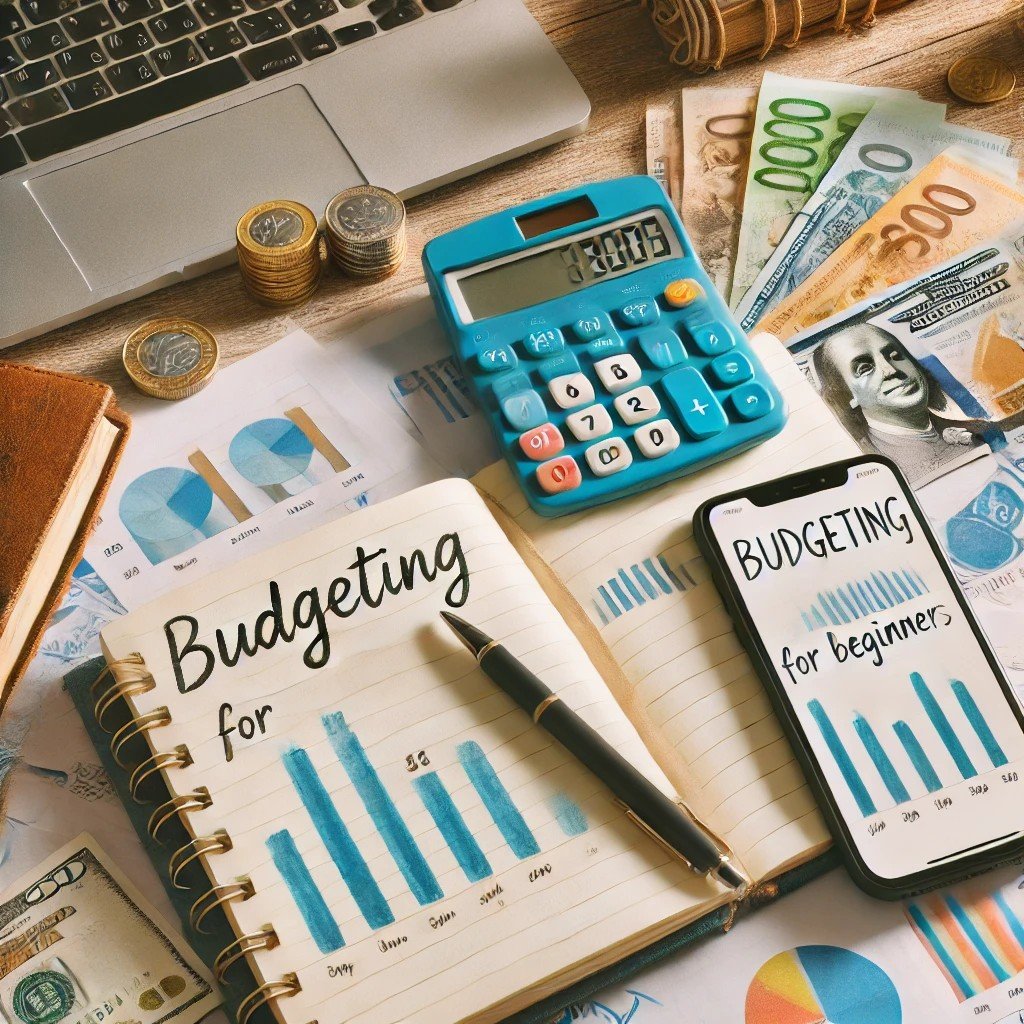Budgeting is a critical skill for achieving financial stability and reaching your goals. Whether you’re saving for a big purchase or trying to pay off debt, creating a budget is the first step toward financial success. This guide will walk you through the process step-by-step, introduce popular budgeting methods, and provide free downloadable templates to help you get started.
Step-by-Step Guide to Creating a Budget
- Calculate Your Income
- List all sources of income, including your salary, freelance work, or side hustles.
- Use your net income (after taxes) to create an accurate budget.
- Track Your Expenses
- Review your spending habits from the past 3 months.
- Categorize expenses into fixed (rent, utilities) and variable (entertainment, dining out).
- Set Financial Goals
- Short-term goals: Save for a vacation or pay off a credit card.
- Long-term goals: Build an emergency fund or save for a house deposit.
- Choose a Budgeting Method
- 50/30/20 Rule: Allocate 50% of income to needs, 30% to wants, and 20% to savings.
- Zero-Based Budgeting: Assign every dollar a specific purpose until your income minus expenses equals zero.
- Adjust and Review Regularly
Track your progress monthly and make adjustments as needed.
Free Budgeting Templates
Download our customizable budgeting templates in PDF or Excel format to kickstart your financial journey:

Top 10 Budgeting Tools and Apps You Need to Try in 2025
Technology has revolutionized budgeting, making it easier than ever to manage your finances. Here are the top tools and apps for 2025:
- Mint: A comprehensive tool for tracking expenses and creating budgets.
- YNAB (You Need a Budget): Focused on zero-based budgeting.
- PocketGuard: Helps you know how much you can spend after bills and savings.
- Goodbudget: Best for envelope budgeting.
- EveryDollar: Simplifies zero-based budgeting.
- Honeydue: Perfect for couples managing finances together.
- Wally: Tracks expenses and helps manage budgets.
- Simplifi by Quicken: Offers customizable financial plans.
- Personal Capital: Combines budgeting with investment tracking.
- Zeta: Free app for joint finances.
Compare free and premium features to find the best fit for your needs.
How to Save for a House Deposit in 5 Years or Less
Saving for a house deposit may seem daunting, but with proper planning, it’s achievable. Here’s how:
Step 1: Set a Clear Goal
- Determine your target amount based on house prices and mortgage requirements.
Step 2: Open a High-Yield Savings Account
- Use accounts with competitive interest rates to grow your savings faster.
Step 3: Cut Unnecessary Expenses
- Reduce discretionary spending on entertainment, subscriptions, and dining out.
Step 4: Automate Your Savings
- Set up automatic transfers to your savings account.
Step 5: Increase Your Income
- Consider side hustles, freelancing, or asking for a raise.
50 Frugal Living Tips to Save Big Every Month
Living frugally doesn’t mean sacrificing comfort. These tips will help you save money on food, transportation, housing, and entertainment:
Food
- Meal prep weekly to avoid dining out.
- Buy in bulk for non-perishable items.
Transportation
- Use public transit or carpool whenever possible.
- Maintain your vehicle regularly to avoid costly repairs.
Housing
- Downsize or rent out unused rooms.
- DIY home repairs instead of hiring professionals.
Entertainment
- Opt for free events and activities.
- Cancel unused subscriptions and memberships.
Join the 30-Day Savings Challenge and Save $500 This Month
Want to save $500 in just 30 days? Follow these daily or weekly goals:
Daily Goals
- Skip your daily coffee shop run: Save $5/day.
- Cook at home: Save $10/day.
Weekly Goals
- Declutter and sell unused items: Earn $50/week.
- Have a no-spend weekend: Save $100.
Download our printable savings tracker to monitor your progress.
Why You Need an Emergency Fund and How to Start One Today
An emergency fund is essential for financial stability. Here’s why and how to build one:
Importance of an Emergency Fund
- Covers unexpected expenses like medical bills or car repairs.
- Prevents reliance on credit cards or loans.
How to Build One
- Start small: Save $1,000 as an initial goal.
- Gradually save 3-6 months of living expenses.
- Use a high-yield savings account to maximize growth.
By following these tips and leveraging the tools provided, you’ll be well on your way to mastering budgeting and achieving financial independence in 2025!

